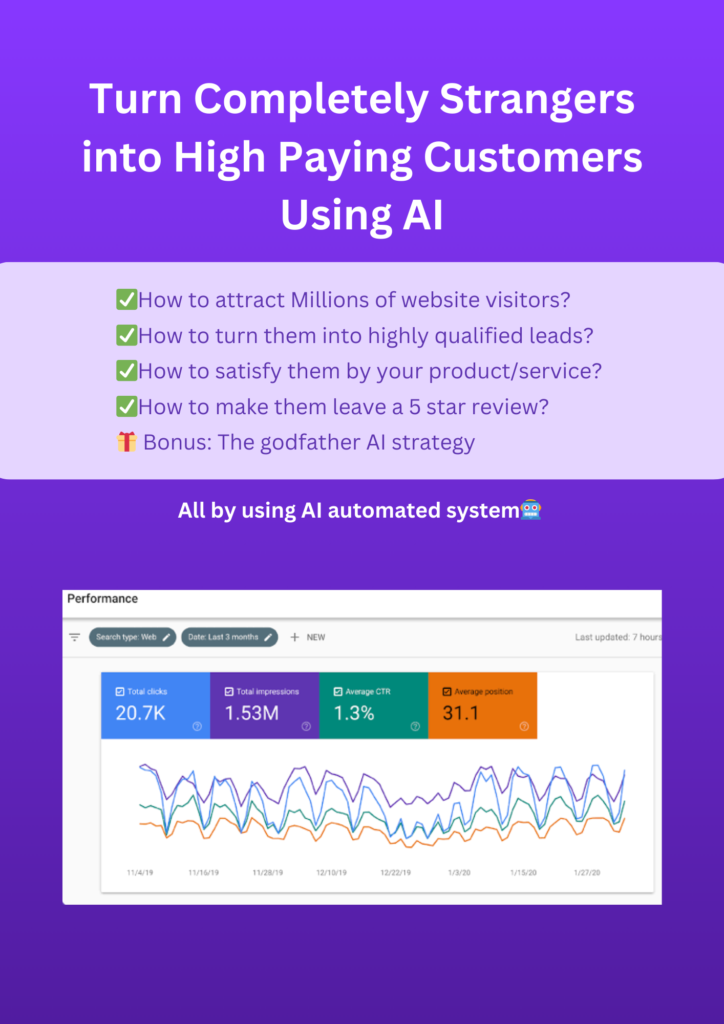Introduction

As your company begins, handling customer service for your initial clients is manageable. However, as your customer base expands, implementing structured systems becomes essential to maintain a high standard of service.
Fortunately, utilizing tools and adhering to customer service best practices can simplify management for both your team and customers.
What is customer service management?
It’s critical to ensure your team grasps the concept of customer service management. This involves providing support to customers, both before and after purchasing your products or services, to ensure a seamless and satisfactory experience. Incident management extends this by fostering ongoing customer relationships beyond the initial sale.
Why is customer service management important?
Effective customer service management is crucial for strengthening company-customer relationships. Access to timely customer data allows businesses to refine interaction strategies, exceeding expectations and fostering loyalty. A customer relationship management (CRM) system plays a pivotal role by consolidating key customer details like purchase history and preferences, enabling comprehensive insights and seamless information sharing across departments.
Benefits of customer service management
1. Higher customer retention
Brands with high brand equity and low churn see higher customer retention, leading to more sales and higher CLV. Quick issue resolution, loyalty rewards, consistent communication, and customer appreciation strengthen the positive perception of the brand, enhancing overall customer experience.
2. Improved crisis management
CXM programs prepare businesses for potential crises by building trust with customers. When issues arise, companies that own their mistakes and respond positively can mitigate public outrage and maintain customer trust, ultimately emerging stronger.
3. Reduced costs of service and marketing
A customer-centric marketing approach reduces guesswork about customer desires. CXM teams analyze customer behavior to anticipate needs, allowing for proactive and efficient service and marketing efforts, saving costs.
4. Better customer engagement
Successful CXM programs require an omnichannel approach, meeting customers where they interact most, whether on social media, email, or phone. Frequent check-ins, understanding customer needs, and rewarding loyalty drive better customer engagement and return interactions.
Improving your customer service management
In hyper-connected world, where customers have constant access to you and your competitors via multiple devices around the clock, investing in technology is more crucial than ever before. Technology plays a pivotal role in elevating your customer service initiatives across several essential domains.
Organization: Software simplifies the collection, organization, and storage of customer data. A robust CRM tool can segment customers, enabling targeted campaigns, informed marketing and sales decisions, and the identification of emerging customer needs.
Time: Technology enhances the efficiency and productivity of customer interactions. Customer support tools facilitate 24/7 connectivity with customers and prompt response times.
Costs: By optimizing employee time, technology empowers team members to focus on critical projects requiring a personal touch. The initial investment pays off through reduced customer turnover and increased success rates in acquiring new customers.
Efficiency: Technology automates numerous customer service functions, delivering quicker, more precise solutions and expanding service capacity.
What is a customer feedback management?
Customer Feedback Management (CFM) involves collecting raw customer feedback from diverse channels and transforming it into valuable insights. This approach empowers businesses to prioritize customer requirements, improve products, services, and experiences, and stimulate growth by focusing on customer needs.
The significance of CFM lies in its ability to drive numerous advantages such as decreased customer attrition, heightened revenue, improved offerings, and fortified customer relationships. It facilitates a holistic understanding of the customer journey and insights into purchase motivators. Addressing customer feedback not only retains valuable clientele but also underscores a company’s dedication to customer satisfaction.
Customer feedback management best practices
To improve CFM strategies:
Evaluate current processes
Before adopting new customer feedback strategies, assess existing processes. Are you automatically prompting customers to rate their experience? Consider using AI tools for feedback after service calls.
Set clear goals
Define objectives for your feedback strategy—whether improving products, boosting loyalty, or reducing friction points. Focus on collecting relevant metrics.
Gather feedback from multiple channels
Utilize various channels like interviews, emails, and social listening tools to capture comprehensive customer insights. Automate feedback collection where possible. An AI form builder can help you create dynamic feedback forms for this.
Use customer feedback management tools
Employ tools to automate feedback, mapping customer journeys, organize insights, and integrate with project management tools for tracking progress.
Act promptly on feedback
Prioritize actionable feedback aligned with business goals to enhance customer loyalty and business growth. Clearly communicate implementation roles and success metrics.
Track and follow up on results
Continuously monitor feedback outcomes and adjust strategies based on data. Engage customers in ongoing dialogue to demonstrate responsiveness and build relationships.
Conclusion
Effective customer service management extends beyond handling inquiries and resolving issues; it involves cultivating lasting relationships with customers through systematic approaches and leveraging technology. By adopting structured systems and utilizing tools such as CRM and CFM, businesses can streamline operations, enrich customer interactions, and cultivate loyalty. Embracing these practices enhances customer satisfaction and positions your company for growth. Each interaction is an opportunity to exceed expectations and reinforce your reputation as customer-focused.


1 thought on “Customer Service Management vs Customer Feedback Management: What’s the Difference”
Hi, I’m Jack. Your website has become my go-to destination for expert advice and knowledge. Keep up the fantastic work!